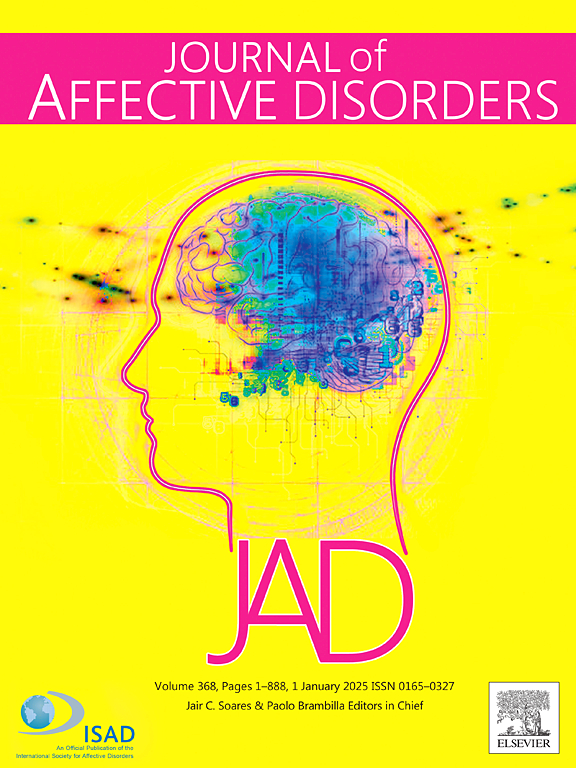希望死亡、握力和体力活动之间的性别差异:一项对欧洲中老年成年人的分析
IF 4.9
2区 医学
Q1 CLINICAL NEUROLOGY
引用次数: 0
摘要
一些欧洲国家报道了老年人渴望死亡的现象。本研究旨在探讨欧洲中老年人握力(GS)和每周适度体育活动(MPA)频率与死亡愿望(WTD)之间的关系。方法对来自27个欧洲国家的39,377名参与者(22,313名女性)进行横断面分析,年龄≥50岁,响应SHARE项目第8波。GS是通过一个测功机来评估双手的,WTD是通过问:“在过去的一个月里,你是否觉得你宁愿死?”,每周适度体育活动(MPA)频率由自我报告。结果更大的GS(每1单位)与男性WTD发生率降低26%至55%相关。在女性中,GS每增加1公斤,WTD的几率就会降低40%到70%。每周一次或多于每周一次的MPA(与每周一次以下的MPA相比)与男性患WTD的几率降低57%和58%相关。在女性中,每周一次或多于每周一次的MPA(与每周一次以下的MPA相比)与WTD的发生率降低44%和48%相关。结论:与WTD呈负相关,尤其是在女性中。与每周服用一次以上的MPA相比,每周服用一次以上的MPA与WTD的相关性更大,尤其是男性。本文章由计算机程序翻译,如有差异,请以英文原文为准。
Sex-related differences in the associations between wishing to die, grip strength, and physical activity: An analysis in European middle-aged and older adults
Background
The desire to die among older adults has been reported in several European countries. This study aimed to investigate the associations between grip strength (GS) and the frequency of weekly moderate physical activity (MPA) with wish to die (WTD) in European middle-aged and older adults.
Methods
A cross-sectional analysis was conducted with 39,377 participants (22,313 women) from 27 European countries, aged ≥50 years, responding to wave 8 of the SHARE project. GS was assessed for both hands by a dynamometer, WTD was obtained by asking: ‘In the last month, have you felt that you would rather be dead?’ from the 12-item EURO-D scale, and the weekly frequency of moderate physical activity (MPA) was self-reported.
Results
Greater GS (per 1 unit) was associated with a 26 % to 55 % lower chances of WTD among men. Among women, a 1 kg increase in GS was associated with a 40 % to 70 % lower chance of WTD. MPA once a week or more than once a week (compared to MPA less than once a week) was associated with a 57 % and 58 % lower chance of WTD among men. Among women, MPA once a week or more than once a week (compared to MPA less than once a week) was associated with 44 % and 48 % lower odds of WTD.
Conclusion
GS was inversely associated with WTD, particularly in women. Engaging in MPA once a week showed a greater association with less WTD for both sexes than MPA more than once a week, particularly in men.
求助全文
通过发布文献求助,成功后即可免费获取论文全文。
去求助
来源期刊

Journal of affective disorders
医学-精神病学
CiteScore
10.90
自引率
6.10%
发文量
1319
审稿时长
9.3 weeks
期刊介绍:
The Journal of Affective Disorders publishes papers concerned with affective disorders in the widest sense: depression, mania, mood spectrum, emotions and personality, anxiety and stress. It is interdisciplinary and aims to bring together different approaches for a diverse readership. Top quality papers will be accepted dealing with any aspect of affective disorders, including neuroimaging, cognitive neurosciences, genetics, molecular biology, experimental and clinical neurosciences, pharmacology, neuroimmunoendocrinology, intervention and treatment trials.
 求助内容:
求助内容: 应助结果提醒方式:
应助结果提醒方式:


